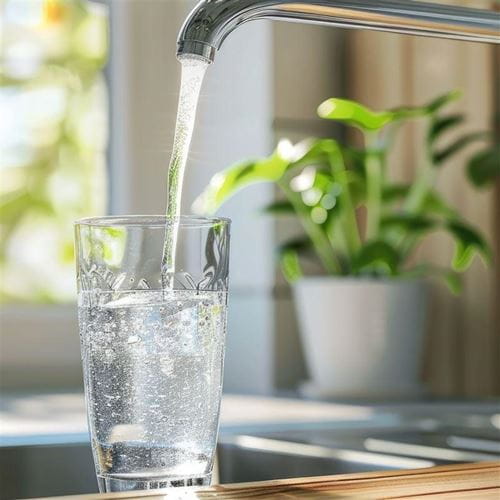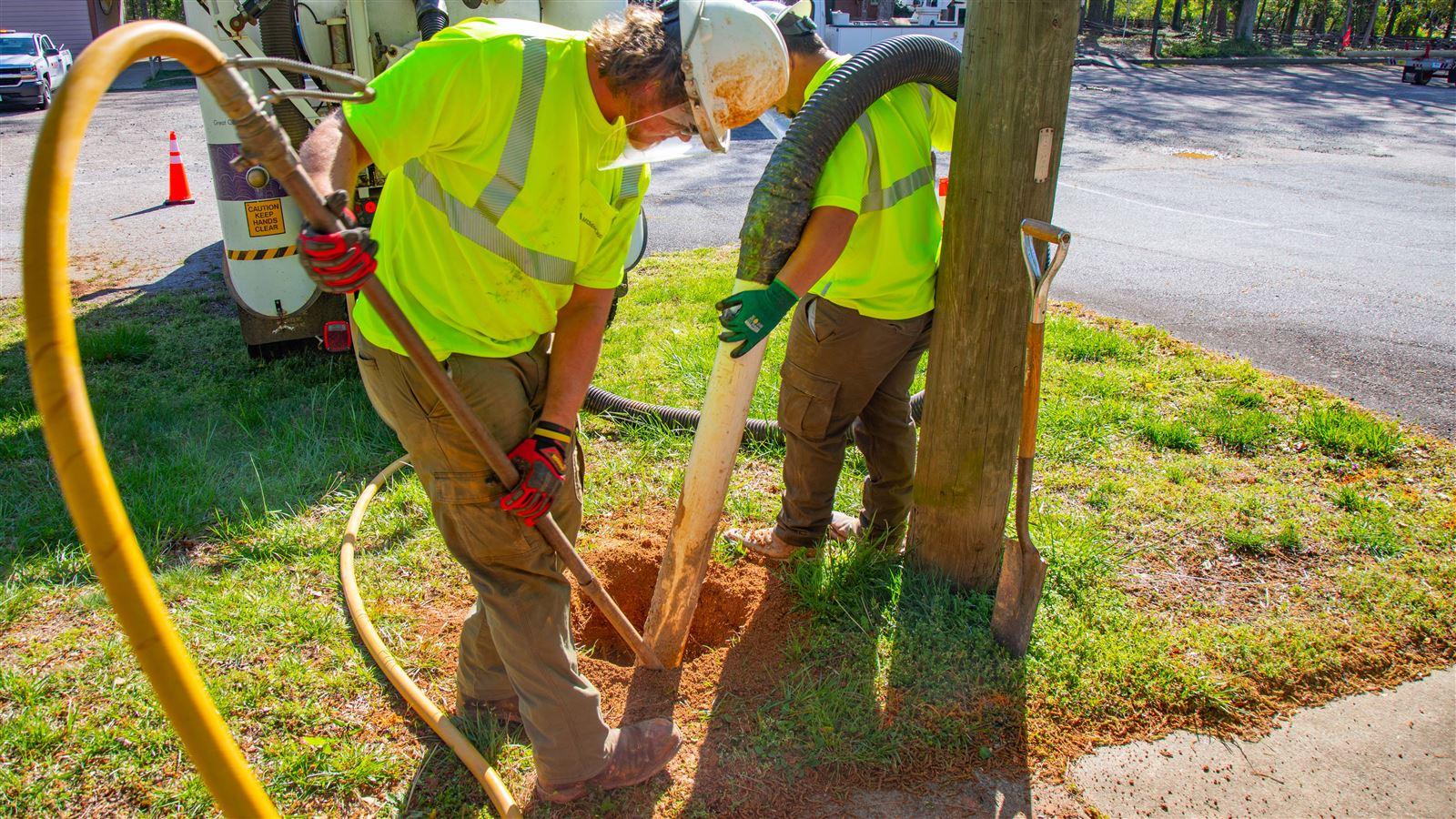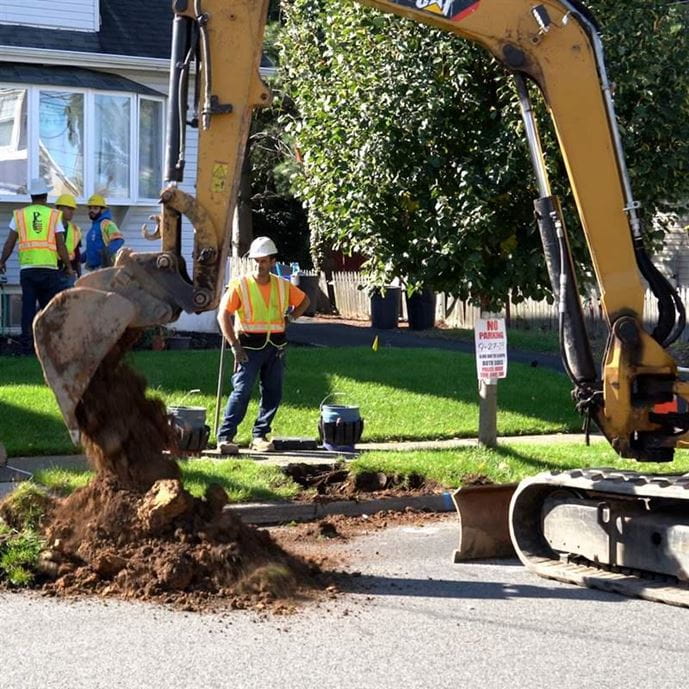Preparing for Compliance During Regulatory Uncertainty: Reducing Unknowns
Recent laws and legal challenges have caused some uncertainty: the Lead and Copper Rule Improvements (LCRI) could be replaced with the previous Lead and Copper Rule Revisions (LCRR), leaving many water systems wondering, What now?
Amongst uncertainty, one thing is clear: water systems need to keep preparing for incoming regulations. Lead and Copper Rule expert Kristin Epstein explains why reducing unknowns now is a strategic way to set your water system up for compliance.
Kristin, why is reducing unknowns before November 2027 so important?
Under the LCRI, the baseline inventory due in November 2027 will determine a water system’s replacement rate for lead service lines over the following decade. This calculation is based on the total number of known lead service lines, galvanized requiring replacement, and unknowns. Since unknowns are counted in the replacement rate, having a high number of them can lead to significant replacement obligations.
For example, a water system with 10,000 service lines and 40% of its service lines identified as lead or unknown would need to replace 400 lead service lines per year if no further inventory work is done. By inspecting and categorizing more unknowns, the replacement rate can be reduced to a more manageable number.
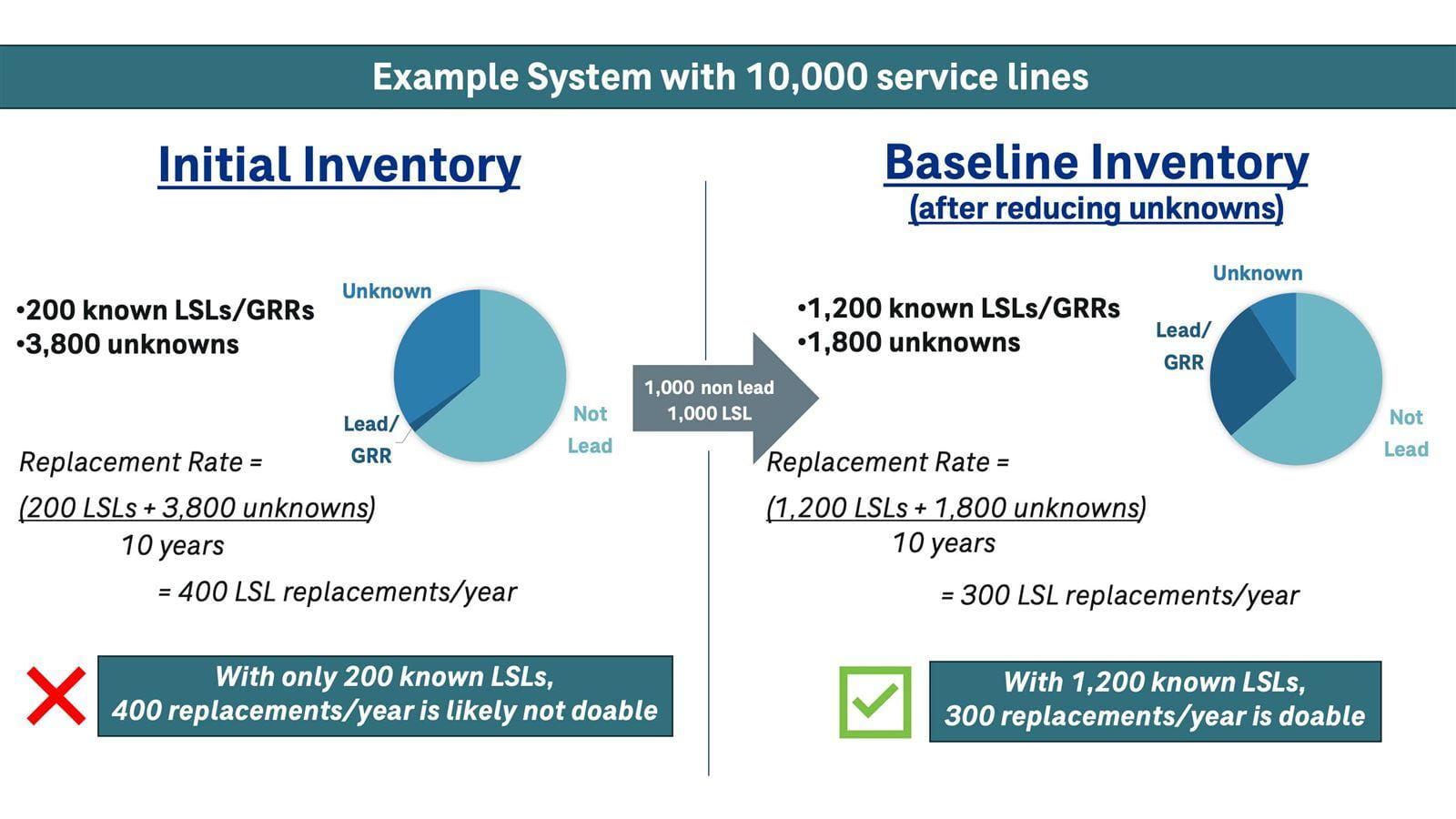
Hypothetically, if they inspect 2000 of the 3800 unknowns and find that 50% are lead and 50% are non-lead, their replacement rate would be reduced to 300 replacements per year. By conducting investigations to reduce unknowns, that number can be significantly reduced, making compliance a lot more achievable.
What if the LCRI is repealed and I don’t have to conduct any replacements? Why do I care about unknowns?
Even if the LCRI is repealed, going back to the LCRR does not eliminate the burden of unknowns. Water systems with unknowns need to submit replacement plans, identify materials during routine activities, and issue annual notifications to affected customers. Also, disturbance activities, like water main replacements or meter changes, will trigger more regulatory obligations, like pitcher filter distribution and water sampling.
If you take the steps now, you can set yourself up for success, no matter how the regulations evolve in upcoming years.
How can my water system reduce unknowns? What methods are out there?
Water systems have many options to improve their inventory and reduce unknowns. Each one has its own benefits and challenges:
Inspection during routine activities and work order updates: Updating work order forms to include fields for recording customer-side service line material can help collect valuable data during routine maintenance. Training staff to identify and document service line materials during service calls or inspections is essential to ensure high quality data and recordkeeping.
While meter pit inspections are an EPA-approved method, their effectiveness really depends on local system configurations. If the service line is not clearly visible in the meter pit or the material is different inside the pit versus other sections of the service line, the meter pit inspections may be inaccurate or misleading. 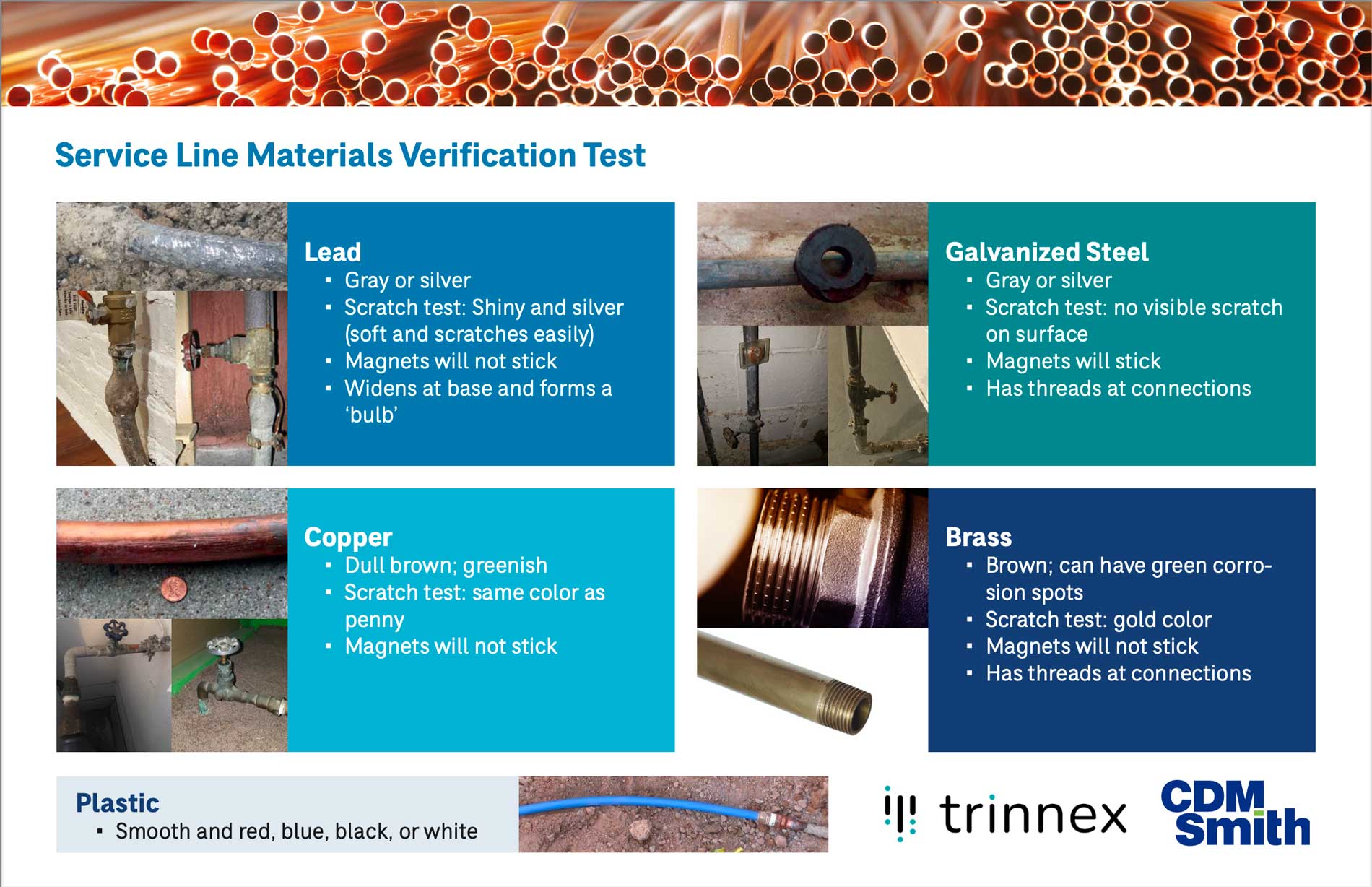
Customer surveys: Customer-provided data can be a cost-effective way to gather information, especially if service lines are visible inside homes or crawl spaces. To improve accuracy, utilities should require customers to submit photos of their service line material. Providing clear instructions and example photos can help you get accurate photo submissions.
Door-to-door canvassing: Pairing canvassing efforts with customer surveys allows utilities to collect on-site data while also promoting customer participation. Field staff can complete survey forms for residents who are willing to grant access, and they can leave informational material for customers who are unavailable or would rather respond online.
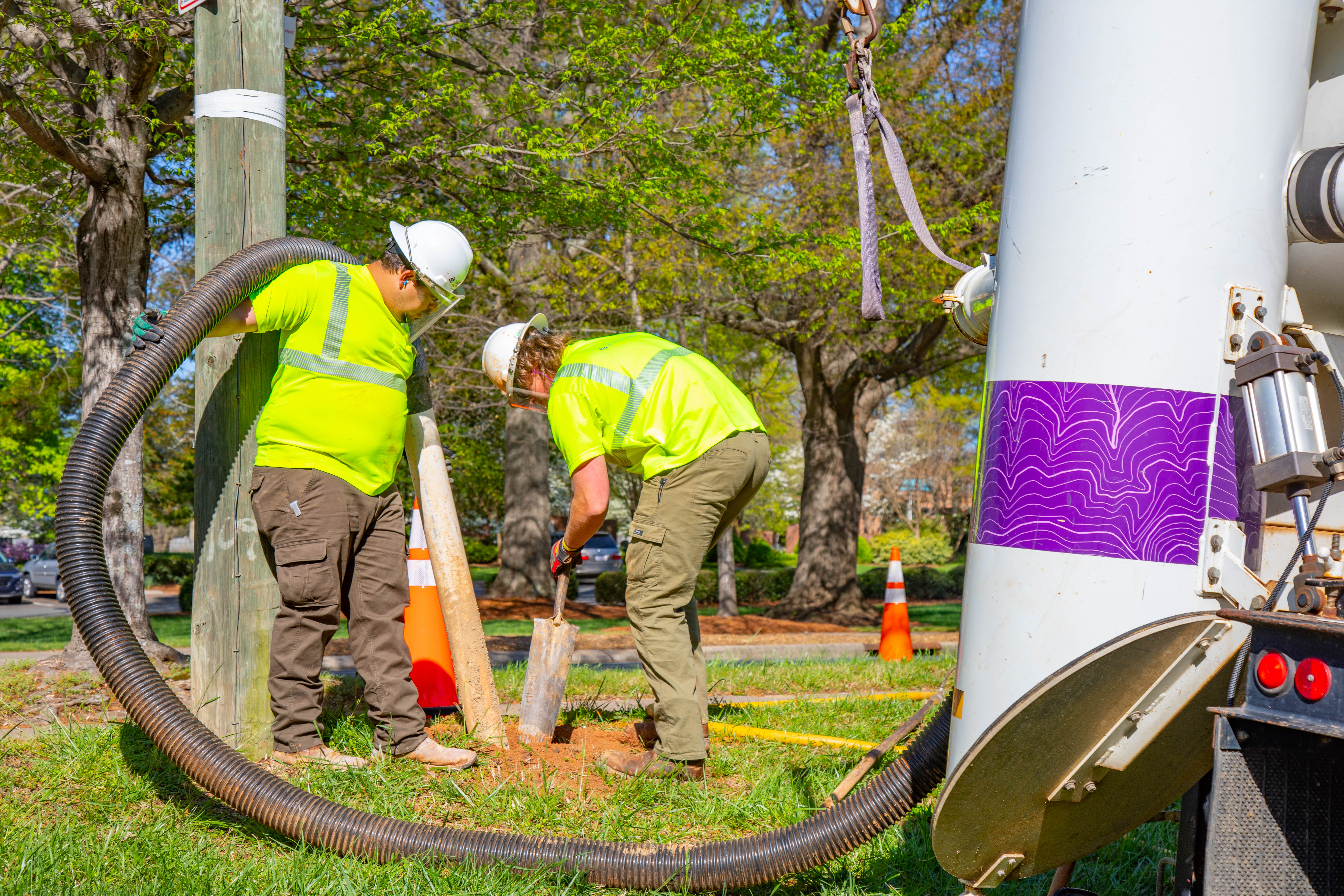 Excavation methods: Physical inspections through excavation provide a direct identification of service line materials. Vacuum excavation and hand digging can offer a less invasive approach, while mechanical excavation using a backhoe can expose both public and private-side materials in one excavation. If a utility is using contractors, it’s important to have quality control measures in place, like requiring real-time photo documentation and review.
Excavation methods: Physical inspections through excavation provide a direct identification of service line materials. Vacuum excavation and hand digging can offer a less invasive approach, while mechanical excavation using a backhoe can expose both public and private-side materials in one excavation. If a utility is using contractors, it’s important to have quality control measures in place, like requiring real-time photo documentation and review.
Water quality sampling: While water quality sampling is an EPA-approved method, it’s not a reliable standalone approach. The absence of lead in a water sample doesn’t guarantee the absence of a lead service line. Establishing baseline lead levels through statistically significant sampling can improve the accuracy.
“Emerged” inspection technologies: Emerged techniques like Electroscan and CCTV (probe inside pipe), CCTV (outside pipe), and XRF (touching pipe) offer new ways to look at service line materials. Utilities should verify that these methods work in their specific system configurations and provide accurate results before they make significant investments.
Some of these new technologies may be useful for detecting lead-lining inside pipes where a visual inspection or other approved methods would miss the presence of lead. Lead-lined galvanized pipes were installed in water infrastructure across the country in both public and private side installations, and the EPA defines them as lead service lines. Water systems should confirm if lead lined galvanized pipes may have been installed in their area or not through historical records research and field verification with methods that show interior pipe materials.
So what should I take away about reducing unknowns in my water system's inventory?
Reducing unknowns is more than just a regulatory necessity, and it’ll help regardless of the LCRI or LCRR. It’s a strategic move that can help utilities manage long-term compliance obligations while minimizing their operational burdens. If you take the steps now, you can set yourself up for success, no matter how the regulations evolve in upcoming years. Watch the full webinar here.
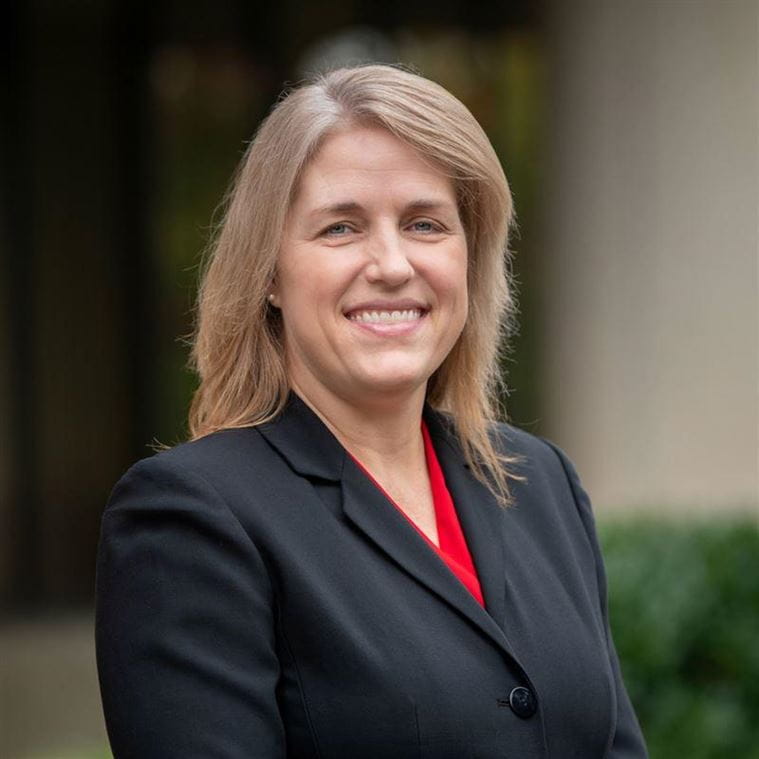
Reducing unknowns is a strategic move that helps utilities achieve long-term compliance and minimizes operational burdens, regardless of LCRI or LCRR.
